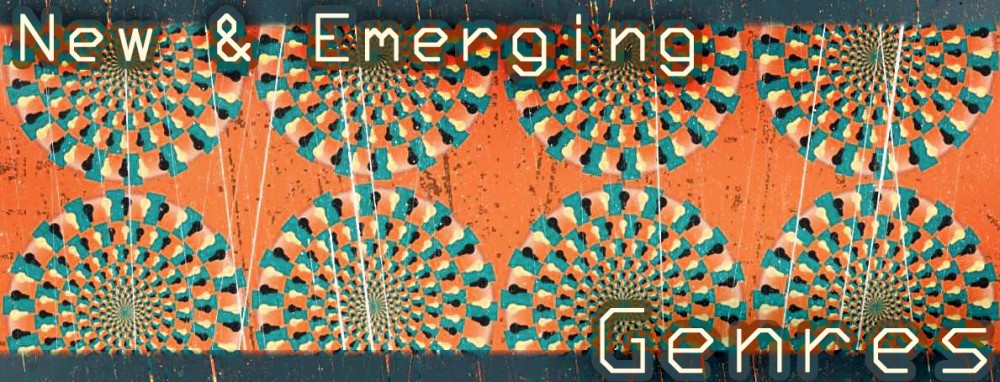Looking at the Metacritic scores for Gone Home, there is a huge divergence between the critic reviews, which give the game an 86, and the user reviews, which give it a 53. From one particularly harsh example: “Arguably, a book has more interactivity and skill involved, since you need to possess the motor skills necessary to turn the pages.” Most of the negative user reviews seemed to stem from disappointment in actually experiencing a “game” that they felt was overhyped, while the positive reviews seem to appreciate being exposed to what they felt was something different. From this and what we discussed in class, much of Gone Home seems to hinge upon one’s expectations. There is the expectation of a survival horror that is brought up and then gradually dissipated. This goes hand in hand with the revelations in Sam’s story, as we are shown that it is a love story rather than one of psychological abuse. Gone Home plays with your expectations regarding video games. In your menu, you have the inventory system on the first page, the archive of collected journal entries on the second, and a map of the house on the third, and this primes the player to expect an adventure/exploration game in which items are stored in the inventory and are used to navigate a “dungeon” as displayed on the map.
However, it turns out that this is really not the case. There are many items in the game that you can interact with but have no significance whatsoever. Personally, when I was still under the impression that this was a ghost story, I found myself scrutinizing the leaf coasters, thinking that put together they would unlock a portal to an alternate dimension. Or something like that. And there there were the tapes and TV’s. Playing on this expectation of Gone Home as a conventional puzzle game, I felt that the difference in the combination locks in Terry’s office and Sam’s bedroom was a demonstration of the shift in mindset that was demanded of the player. Unlocking the safe in the study required going into the next room and finding a folder that was conspicuously hidden in the back corner, and within was a four digit number that, as someone used to playing adventure games has been taught to think, unlocked the file cabinet. When we encounter the locker in Sam’s room, the instinct is to do the exact same thing again: look around the room to try to find any four digit number, because that number would be the code to the locker. Obviously. Because we are in a game, obviously. And we find a collar with the old address on it in Sam’s closet, so the instinct is to think that that would be the combination. But it’s not. Instead, to open Sam’s locker, we are sent across the house, looking behind hidden panels to try to piece it out. The failure to open the door using the number from the collar may be an attempt to send the message that this is not the same as before, that the developers know what you’re thinking, and its wrong. This could also be perhaps a metaphor: Sam’s situation is much more complex than Terry’s, so unlocking it, getting to the bottom of it, will not be so straightforward.
I was wondering how well this worked, the creators designing the game as to be one step ahead. It is expected that you go down the hallway on the left first, and consequently get exposed to the haunted mansion dimension first. However, as we raised in class, there is the question: what if you went up the stairs first? Once I got in, I blew by the front door, dismissing it as unimportant, and immediately set forth with the mindset of exploring the house. As a result, the first journal entry was actually one of the last ones that I found when I was stuck and doubling back to see what I may have missed. By placing this story in an interactive medium, the developers lose some control over how the story is told and the experience that is conveyed, by they can still try to guide players by design. So the question with Gone Home becomes, how long can they stay ahead of the player for? At a certain point, the player catches on, and it is not so easy to subvert their expectations, so what then? There comes a point at which the player decides that this experience is not novel, but merely “different.” If Gone Home’s “newness” comes from this subversion of established expectations, can it be sustained once my harsh Metacritic user has realized this? Does this actually meet the threshold of what we might consider “new?”

It’s interesting that we keep talking about the subversion of expectations in Gone Home, making the horror tropes and Sam’s story dialectically opposed from each other. To be honest, I don’t think the genre of “horror” in Gone Home merely ends at the expectation level and that once the clever player figures out that “that’s not what this game’s about,” it annihilates itself. For example, you conclude that Sam’s story is a “love story” and not a “psychological abuse,” but I actually think that her story is both. At the end of the day, I (Katie) and stuck alone in the giant mansion in a middle of a thunderstorm, and I just learned that my little sister has eloped with her lover and I have no way to make sure of her safety or well-being. The scenario did in fact invokes immense “horror” in me. Perhaps we are overcompensating for our embarrassment of giving in too easily to the tropes in the beginning? Perhaps this has to do with the distinction between “horror” and “terror” as we talked about with Cthulu?